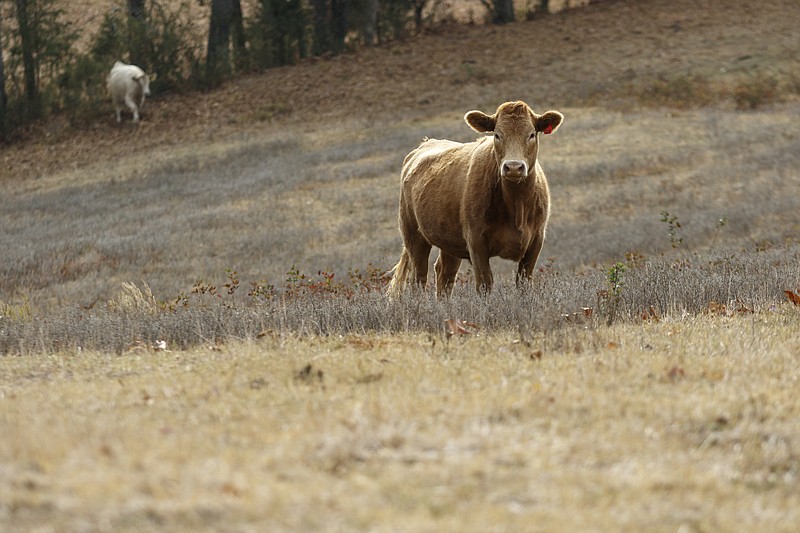WARM YEAR
2016 was Chattanooga’s warmest year on record, according to the National Weather Service. Here’s a breakdown of where each season ranked in the city’s history:› Winter (December 2015-February 2016): 14th warmest› Spring (March-May): Sixth warmest› Summer (June-August): 2nd warmest› Fall (September-November): warmest ever
Give yourself a pat on the back for making it through the warmest year in Chattanooga history, or at least the warmest year since the National Weather Service began tracking such things in 1879.
Chattanooga's 2016 average temperature of 64.1 degrees came in 0.6 degrees higher than the previous record, set in 2012, and 3.4 degrees above the city's normal yearly average of 60.8 degrees.
A historic drought fueled the Scenic City's hot year, but the new record also coincided with a third consecutive heat record for the planet, according to research from NASA and the National Oceanic and Atmospheric Administration.
"One of the factors that really played into it in Chattanooga was the drought," said Derek Eisentrout, a meteorologist with the National Weather Service in Morristown, Tenn. "Those periods, those months, were all well below the precipitation normals, and without that cloud cover and precipitation working to cool the temperatures, it made for warmer temperatures."
Chattanooga received just 14 inches of rain from March through October - less than half of the 32.83 inches the city typically averages over that eight-month span.
The drought reached its crescendo in October, when just 0.08 inches of rainfall were recorded.
"It was just a pattern that wouldn't break itself," WRCB-TV chief meteorologist Paul Barys said. "A drought feeds on a drought."
Relief finally came on Nov. 30, when 4.01 inches of precipitation fell, combining with 5.05 inches of December rain to save 2016 from being the city's driest year on record.
The end total of 35.58 inches of precipitation for the year came up 17 inches short of the city's annual average but was enough to avoid breaking the 1904 record low of 32.68 inches.
Knoxville and the Tri-cities in upper East Tennessee also experienced their warmest years on record.
July, September and October were each the second-hottest on record in Chattanooga, but no single month was the hottest ever. Instead, the warmth sprawled out across the calendar, with a record 102 days of temperatures reaching 90 degrees or above. The previous record was was 95 days, set in 1954.
"It was just a hot, benign weather pattern," Eisentrout said.
Barys said the jet stream stayed to the north, as evidenced by Nashville's heavier precipitation.
"It was just a different type of year," he said. "I don't go looking for reason. Records are a bunch of extremes averaged out, and that's what happens."
Contact staff writer David Cobb at dcobb@timesfreepress.com or 423-757-6249.
